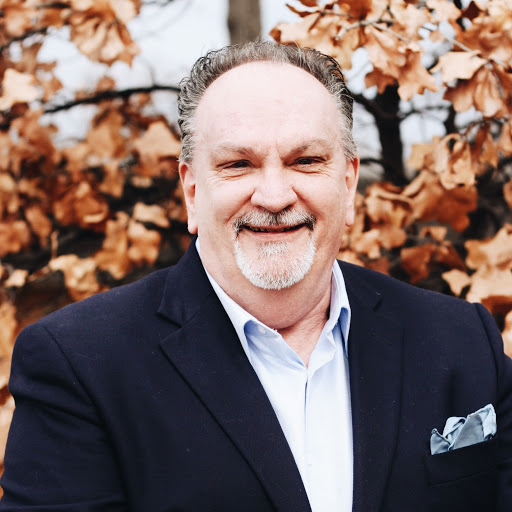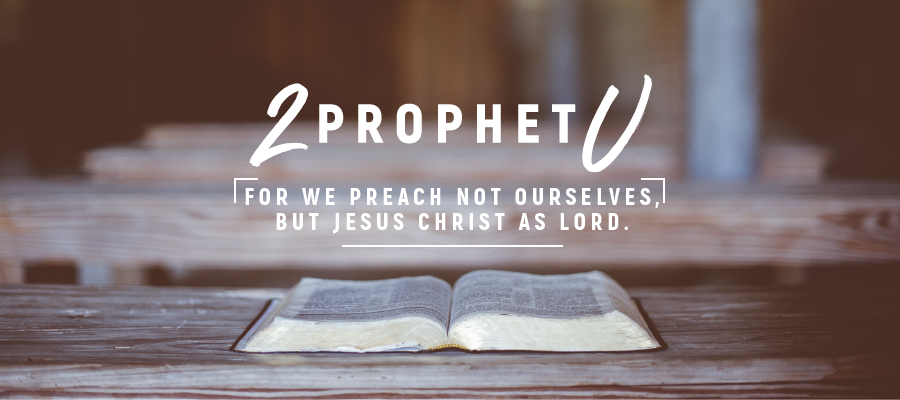The Harvest
“So pray to the Lord who is in charge of the harvest; ask Him to send more workers into His fields.” Luke 10:1
Jesus called The Twelve, but He also chose 72 other disciples to go ahead of Him, in pairs, to all the towns and places He planned to visit. His primary instruction to those He called to announce His coming was…PRAY!
When I arrived at seminary in 1974, the atmosphere of the school was electric. I had been in East Africa for two years, wrestling with God’s call to ministry. I arrived in Fort Worth, Texas with a clear sense of direction and a firm determination to follow through on what God had called me to when I was an eight year old boy. The journey from hearing God’s voice to obeying it had been a long one, but there was something liberating about being where I was supposed to be, and focused on what I was supposed to do.
I was surprised by the family reunion experience that was generated by the gathering of the called from every corner of the map. Men and women from every state and nation appeared on the doorstep of the school, and they came from every level of socio-economic background. Some had recently been saved from the mean streets of life, and still carried the rough edges of the contemporary culture. Others were smoothed stones of the system, and looked the part of the typical seminary student. Classes were overflowing. Chapel was packed. Professors were a bit bewildered by it. Administrators scrambled to find classroom space for it.
It was announced that the seminary enrollment that fall, 1974, made the school the largest seminary in the world. It wasn’t hard to see that God was up to something big. It was a little harder to tell how it had all begun.
Through the rearview mirror of life, it becomes a little clearer. What was taking place on our campus in Fort Worth was a result of what God had been doing on high school, college and seminary campuses, and throughout communities large and small for half a decade.
His movement was called the “Jesus Revolution.” It was a wild and crazy time. Right in the middle of the Sexual Revolution, the Vietnam War, the exploding pop and drug culture of that day, God had begun a work among the youth of America. Initial signs of it began in California, but it spread all over the nation. It brought a new sound of worship, a sense of freedom in worship, new instruments for worship, and a passion to tell others about Jesus. It was often rough around the edges, and greeted by the established church with mix signals. Arms were open, but a bit stiff. Most were willing to welcome these new converts into the house, but they wanted them to get over what had happened to them as soon as possible. This usually meant a haircut was needed ASAP.
Among Southern Baptists, baptisms spiked dramatically during this period of time. They didn’t reach the heights of the post WWII 1950′s, during the heyday of the Student Revival Movement, but it was a huge surge. God was reaching a new generation of leaders, and pointing them towards His church.
Note: God calls the saved to minister in His name. If denominations experience a drop in baptisms, their seminaries will experience a drop in enrollment. It is not a result of abortion, the death of denominationalism, but a loss of a movement of God. God moves when His people pray.
Since 1974, almost 40 years, in spite of a huge increase in student ministry budgets, more sophisticated programming, more accessible technology, more rock-praise bands, better t-shirts, more hip conference speakers, and an increase in student ministers, these baptism numbers have never risen to previous heights. Contemporary youth culture and church youth culture are virtually indistinguishable. It is sad, but true. This is often, not by accident, or default, but by design.
It has been a long dry spell, and though the harvest is still plentiful, the real workers are very few. Harvesting is hard work, and culture wars are a long fight. Those who are called to both are an answer to prayer. Those who enter into either are sustained by prayer. Prayer is the trumpet call to workers, and it is the weapon of the warrior. Without prayer the church will gain precious few workers, and it will lose its warrior class. Jesus said, “Pray!”
Jesus called His disciples to pray to the Lord of the harvest to send more laborers into the fields. The church need only look at the state of prayer in the life of the church to recognize the reason for the state of the harvest. Little prayer. Fewer workers. Smaller harvest. Church loses. Culture wins. Can you see a pattern?
The birth of a movement of God begins with a rebirth of a call to prayer, individually and corporately. Jesus said His disciples were to do it. He has never rescinded His call. The next Great Awakening is only a prayer away. TALK LESS! PRAY MORE!
(copyright Dr. Gary and Dana L. Miller, all rights reserved)
www.garydonmiller.com

For over 40 years, Gary and Dana Miller have invested their lives in the pastoral ministry of churches in Texas, Oklahoma, Arizona, and Georgia. Gary and Dana believe the hope of the world is the local church, and the strength of the church is sustained by praying people.
They have taught extensively on the role of prayer in spiritual awakening, counseled people to build strong marriages by equipping husbands and wives to pray together and have ministered internationally in Hong Kong, Japan, Tanzania, Kenya, Zambia and Switzerland through their TALK LESS! PRAY MORE! Prayer Conferences.
Gary and Dana live in Fort Worth, Texas and have been married for 40 years. They are parents of two grown daughters, Ashley and Allyson.
 Warren Wiersbe Podcast
Warren Wiersbe Podcast
- An error has occurred, which probably means the feed is down. Try again later.
 Sherwood Baptist Podcast
Sherwood Baptist Podcast
- An error has occurred, which probably means the feed is down. Try again later.
